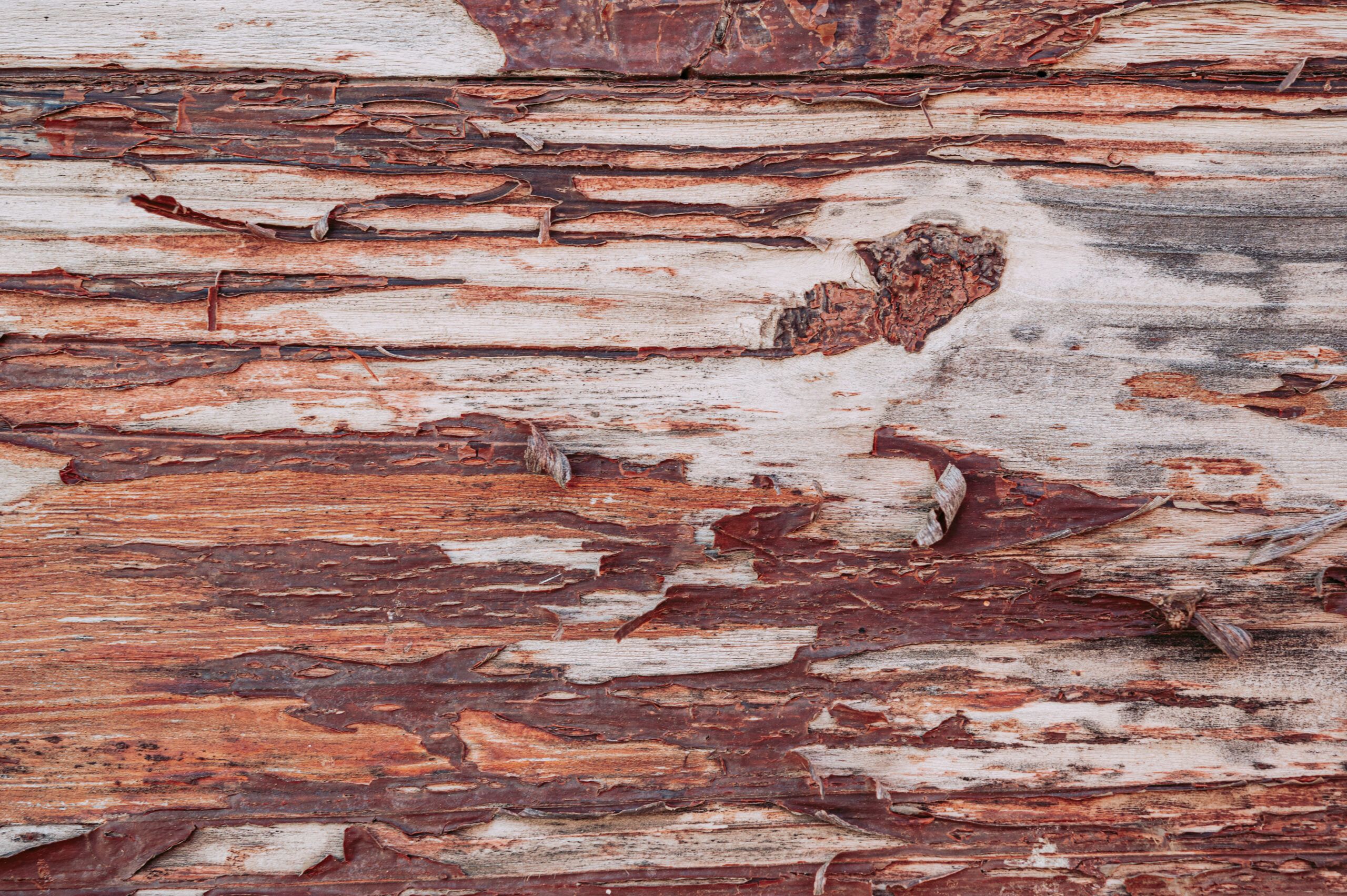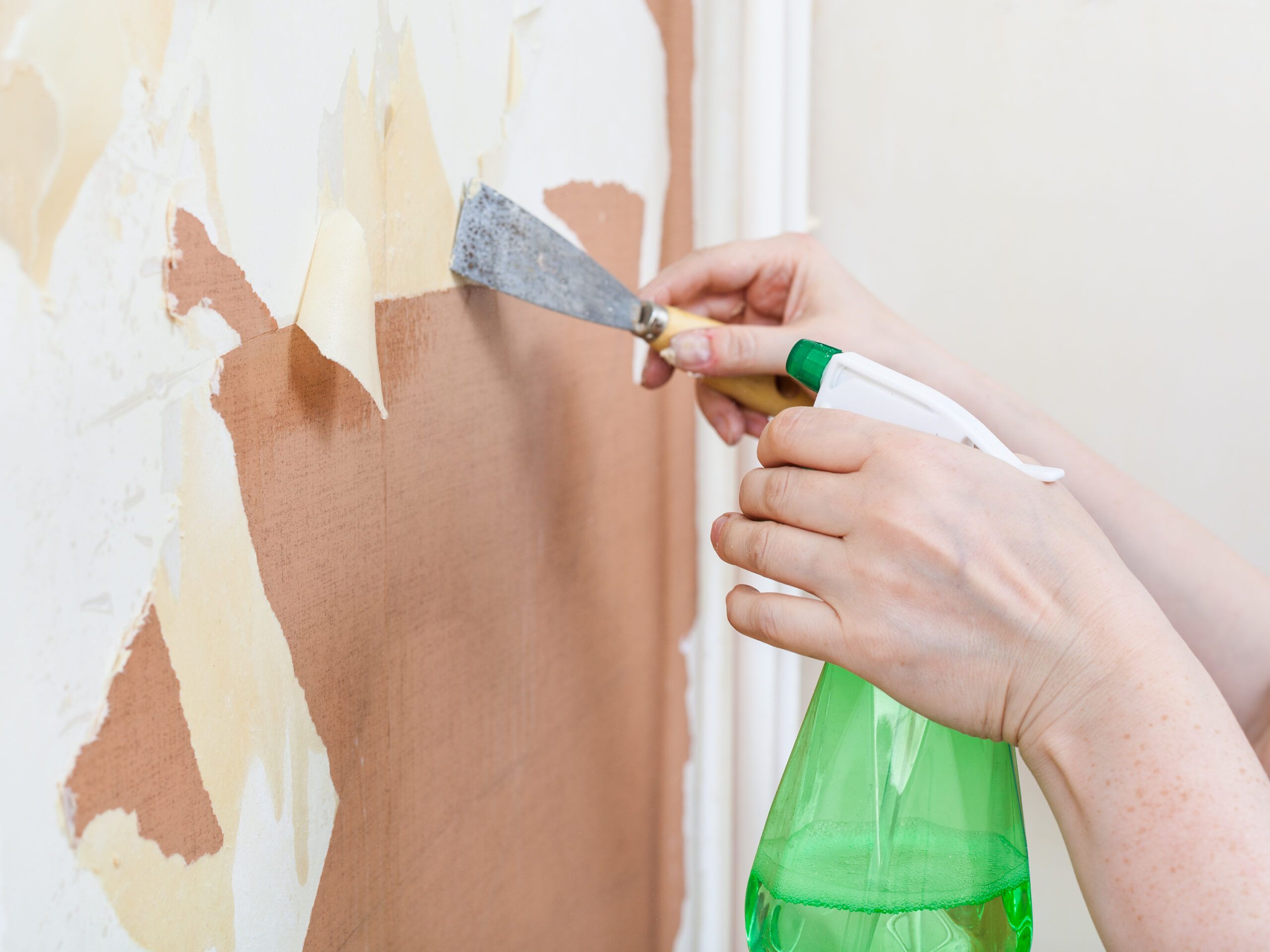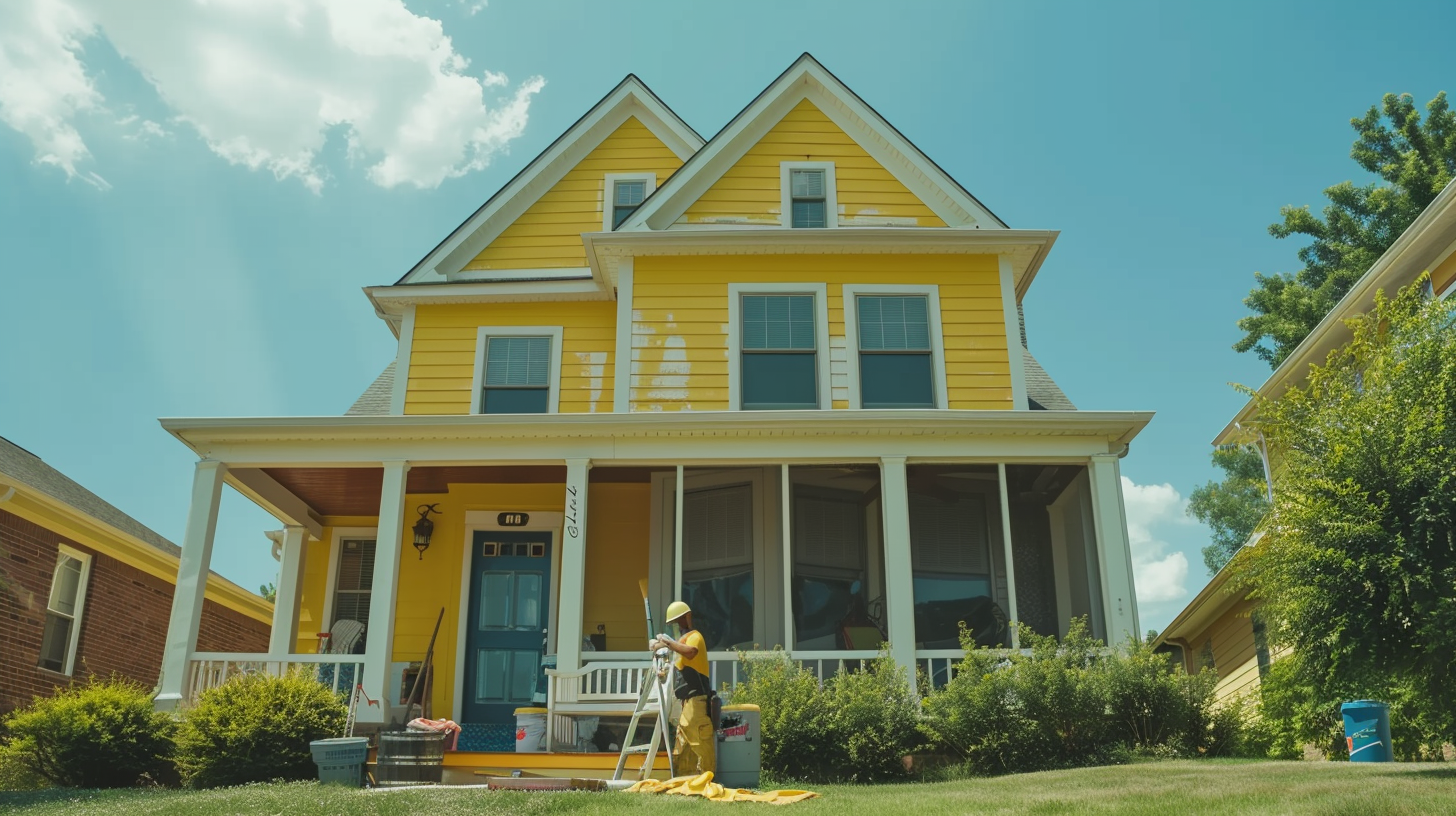How Long Does It Normally Take for Wood to Rot on a Home?
Did you know that wood can start to rot within 1-3 years if left unchecked in the right conditions? Unchecked wood rot can compromise the structural integrity of your home within just a few years. Understanding how long it takes for wood to rot and learning how to prevent it can save you from costly repairs and safety hazards.
In this post, we’ll discuss the factors affecting wood rot, typical timelines, signs to watch for, and preventive measures such as residential painting to protect your home.
Key Takeaways
- Moisture is the primary catalyst for wood rot: Leaks, high humidity, and poor ventilation can accelerate the decay process.
- Different types of wood rot have varying impacts: Brown rot, white rot, and soft rot each affect wood differently and require specific preventive measures.
- Regular inspections and maintenance are crucial: Early detection of signs like discoloration and damp spots can prevent extensive damage and costly repairs.
- Proper treatment and ventilation can significantly extend wood’s lifespan: Using wood preservatives, ensuring proper ventilation, and promptly fixing leaks are essential steps to prevent wood rot.
What You Need to Know About Wood Rot
What is Wood Rot?
Wood rot is a type of decay caused by fungi that digest the cellulose and lignin in wood, leading to the deterioration of the wood’s structure. It’s a common issue in homes, particularly in areas exposed to moisture. There are three main types of wood rot: brown rot, white rot, and soft rot, each with its own main characteristics and causes.
Types of Wood Rot
- Brown Rot: Often referred to as “dry rot,” brown rot causes the wood to shrink and crack into a cubical pattern. It primarily digests the cellulose, leaving the wood brittle.
- White Rot: This type of rot breaks down both cellulose and lignin, resulting in a spongy, white appearance. It is more common in hardwoods.
- Soft Rot: Soft rot occurs more slowly than brown or white rot and is often found in conditions too extreme for other types of fungi. It causes a gradual breakdown of the wood’s surface.
Causes of Wood Rot in Homes
Wood rot in homes is primarily caused by fungi, which thrive in moist environments. Key contributors include:
- Moisture: Leaks from roofs, pipes, or poor drainage can introduce moisture into the wood.
- Poor Ventilation: Lack of airflow can trap moisture inside walls, attics, or basements.
- Environmental Factors: Humid climates and wet weather conditions accelerate wood rot.
Factors Affecting Wood Rot Speed in Homes
Moisture Levels
Water is the primary catalyst for wood rot. Common sources of moisture in homes include roof leaks, plumbing issues, and high indoor humidity. Wood with a moisture content above 20% is at high risk of rot.
Temperature and Climate
The speed of wood rot varies with temperature and climate. Fungi grow faster in warm, humid conditions. For example, wood in a coastal or tropical environment will rot more quickly than wood in a dry, temperate climate. Because we are in the Virginia area we often have humid summers that can be more prone to this rot, especially in areas near water such as the Mosely or Brandermill Neighborhoods or along the James River.
Wood Type and Treatment
Different types of wood have varying resistance to rot. Hardwood is generally more resistant than softwood. Treated wood, which has been chemically preserved, also lasts longer than untreated wood.
Location and Exposure
Wood in basements, bathrooms, and exterior siding is more prone to rot due to higher moisture levels. Indoor wood, if kept dry, can last much longer.
Typical Timeline for Wood Rot in Homes
General Timeline
Untreated wood exposed to constant moisture can start showing signs of rot within 1-3 years. However, this timeline can vary widely based on factors like climate, wood type, and exposure.
Specific Scenarios
- Untreated Wood in a Humid Environment: Significant rot can appear within 1-2 years.
- Treated Wood in a Dry Climate: May take decades before showing signs of rot.
- How Long Does It Take for a 2×4 to Rot?: Depending on exposure, untreated 2x4s can start to rot in 1-3 years in moist conditions.
Signs and Stages of Wood Rot
- Early Signs: Discoloration, a musty smell, and damp spots are early indicators of wood rot.
- Intermediate Signs: Cracking, softening, and minor structural damage indicate progressing rot.
- Advanced Signs: Severe damage, such as wood crumbling or breaking apart easily, signifies advanced rot and potential structural failure.
Preventing Wood Rot in Homes
Regular Inspections and Maintenance
Routine inspections can catch wood rot before it becomes severe. Look for discoloration, softness, and damp spots. Pay special attention to areas prone to moisture, such as basements, attics, and exterior walls.
Moisture Control Strategies
- Fix Leaks Promptly: Repair any roof, plumbing, or foundation leaks immediately.
- Ensure Proper Ventilation: Use exhaust fans in bathrooms and kitchens, and ensure attics and crawl spaces are well-ventilated to reduce humidity.
Using Wood Preservatives and Sealants
Apply wood preservatives and sealants to protect wood from moisture. Regularly reapply these treatments, especially to exterior wood and wood in high-moisture areas.
Repair and Replacement
When wood rot is detected early, small repairs can be made to prevent further damage. For severe rot, it’s best to replace the affected wood and treat the surrounding areas to prevent recurrence.
Frequently Asked Questions (FAQs)
How long does it take untreated wood to rot in the ground?
Untreated wood buried in the ground can begin to rot within 1-2 years, depending on soil moisture and environmental conditions.
How long does it take for wood to become water-damaged?
Wood can become water-damaged within hours to days of exposure to excessive moisture. Prolonged exposure can lead to rot within months.
How do you treat wood rot in a house?
Treat wood rot by removing the affected area, applying wood hardeners, and using epoxy fillers to repair minor damage. Severe cases may require replacing the rotted wood entirely.
Does wood rot easily?
Wood rots easily when exposed to moisture and fungi. Proper treatment and maintenance can significantly reduce the risk of rot.
How long does it take for wood rot to occur?
Wood rot can occur within 1-3 years of constant moisture exposure. Early signs may appear sooner in particularly humid environments.
Can wood rot in 2 months?
In very damp conditions, early signs of wood rot can appear in as little as 2 months. Regular inspection is key to catching issues early.
How can I make wood rot faster?
To accelerate wood rot (e.g., for composting or decay processes), ensure the wood is kept moist, warm, and in contact with soil or other organic material.
How long does it take wet wood to start rotting?
Wet wood can start to show signs of rot within a few months, especially in warm and humid conditions.
Conclusion
Understanding the factors that affect wood rot and taking proactive measures can save you time and money. Inspect your home today and apply these preventive tips to protect your investment. If you need assistance with repairing rot in your home’s siding or recoating your home to prevent any future wood rot reach out to the Let’s Upgrade Painting Team today to discuss your project!


